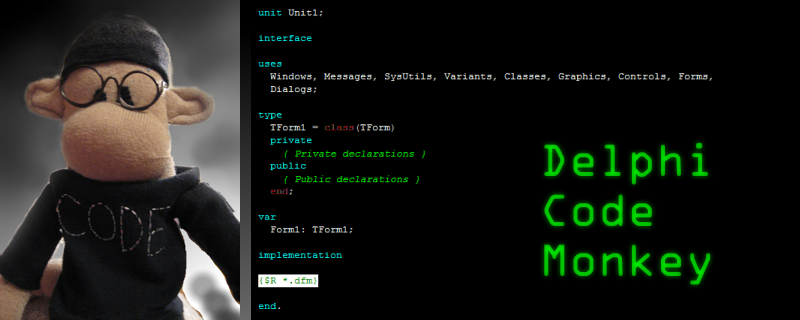There's an old Yiddish joke that most of us are familiar with:
A man came to a tailor, and asked to buy a new suit. The tailor brought it to him, As he stood before the mirror, he noticed the vest was a little uneven at the bottom. “Oh,” said the tailor, “don’t worry about that Just hold the shorter
end down with your left hand and no one will ever notice.”
While the customer proceeded to do this, he noticed that the lapel of the jacket curled up instead of lying flat. “Oh that?” said the tailor. “That’s nothing. Just turn your head a little and hold it down with your chin.” The customer complied, and as he did, he noticed that the inseam of
the pants was a little short and he felt that the rise was a bit too
tight. “Oh, don’t worry about that,” said the tailor. “Just pull the inseam
down with your right hand, and everything will be perfect” The customer
agreed and purchased the suit.
The next day he wore his new suit with all the accompanying hand and
chin “alterations.” As he limped through the park with his chin holding
down his lapel, one hand tugging at the vest, the other hand grasping
his crotch, two old men stopped playing checkers to watch him stagger
by. “Oh, I say!” said the first man. “Look at that poor crippled man!” The second man reflected for a moment, then murmured, “Oh, yes, it looks like he is in a lot of pain, but I wonder, where did he get that wonderful suit?"
This is a situation we are all familiar with in various areas of life. A new car, which we hope would be an upgrade from our previous beater. Or our long-serving decades old IDE, Delphi, and its language, compiler, debugger, and tools.
Trying to demonstrate Delphi 12 in 2025 to a new user on a high-DPI system with the current woes of the form designer and its basically broken modes for high DPI design is absolutely such a case. We must wave our hands and say "don't worry this will get better in the next version, or the next". Next year in Jerusalem, as they say. But don't count on it.
Trying to install Delphi with its various unstable patches and re-releases and inline attempts to fix things which ship broken feels similarly bad. Trying to use the compiler when it has decided that it's time for you to spend a day chasing random failures and AVRs in the compiler. Trying to connect the IDE to a modern version of MariaDB/MySQL. Trying to fix problems with deployment of Android binaries, or to figure out what is wrong when a BPL won't load, or is destabilizing your IDE, these are all feelings which take away from the ability to do the job the tool was meant to do, and like the suit, can result in one feeling rather immobilized, and unable to do much of anything at all. Trying to use GetIt on days when GetIt has decided it doesn't want to "Get It". Every time we turn on Error Insight and think, this time will be different, and it isn't. The code completion engine sucking up 80 percent of your CPU or all your memory again, the newly rebuilt one that was built to fix the CPU and memory bloat of the previous one, but which is more bloated and slow than the thing it replaced. The dark theme still not drawing itself properly and making basic features of the IDE not work like the Edit and Find/Replace features, or the Project Options dialog causing an Access Violation every second time you open it. The other users of this product who are absolutely convinced that I must be "holding it wrong". Because they don't see any of these problems, these problems do not exist. Maybe that, the inability to notice the bit rot, as it accumulates, is the thing that dismays me most.
It's really a sad fate for what was once a notably powerful and useful product.



